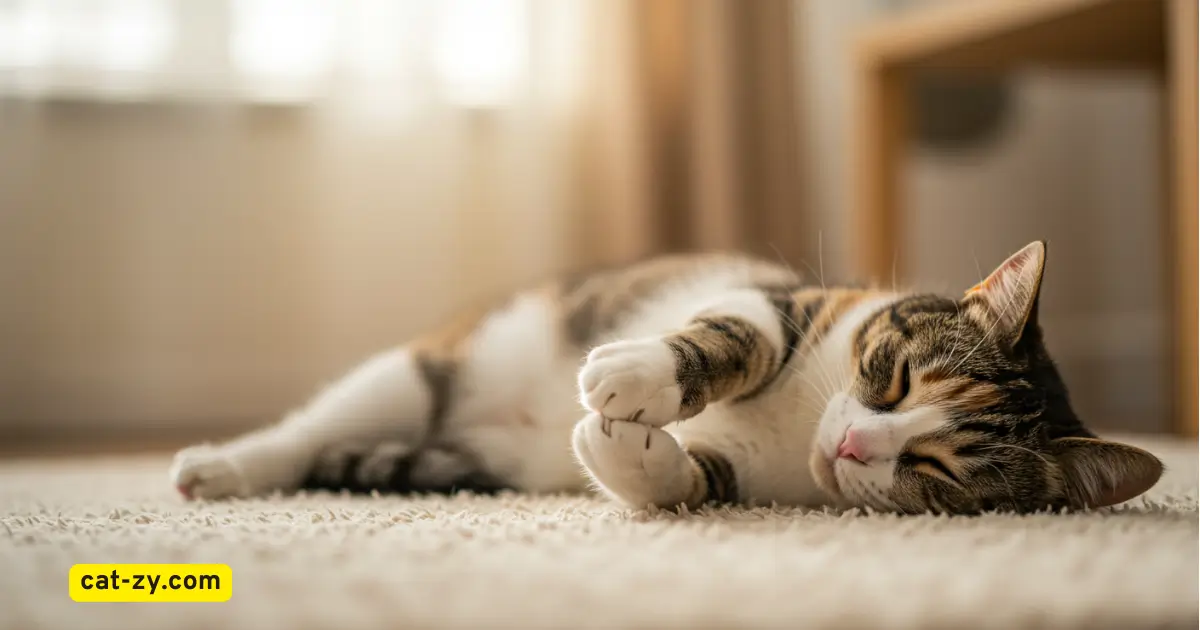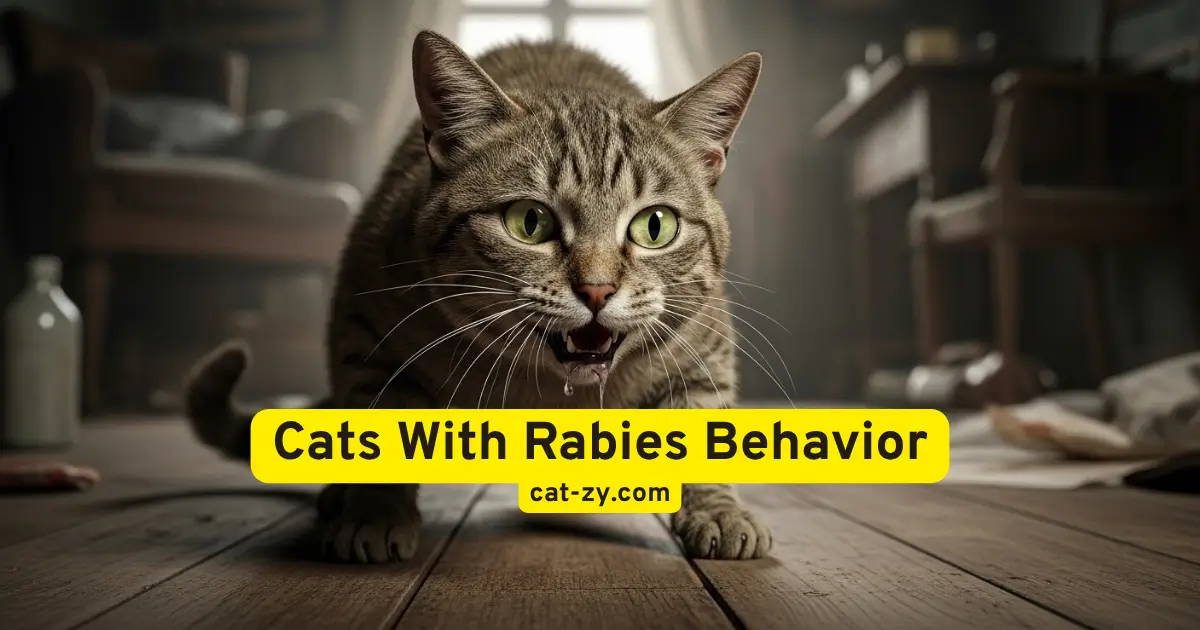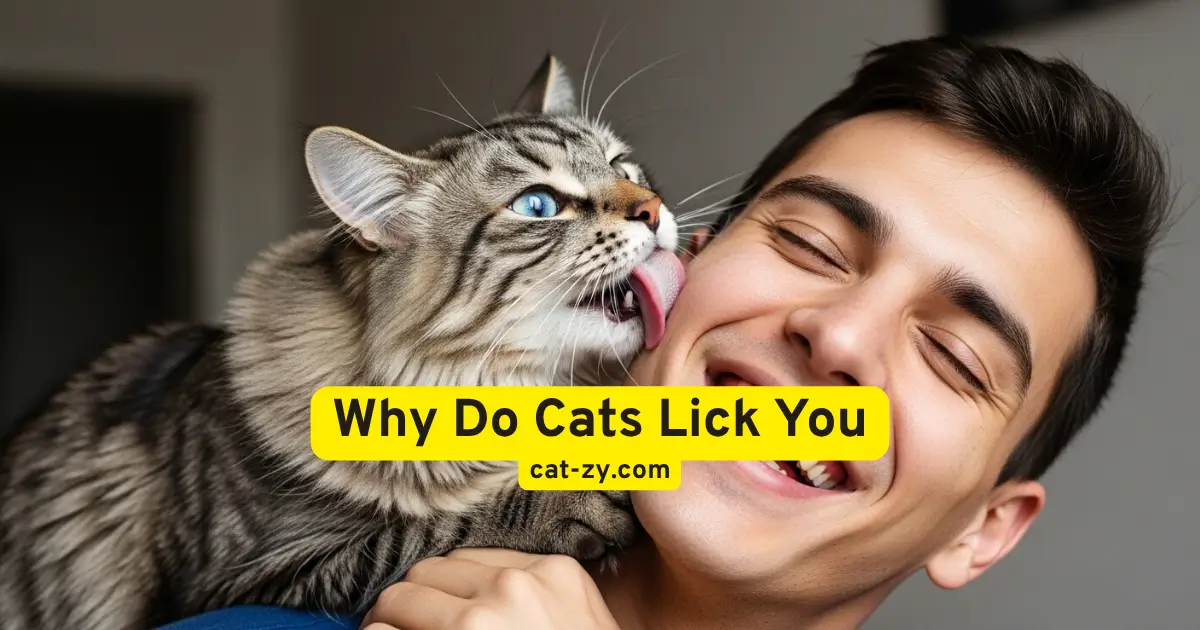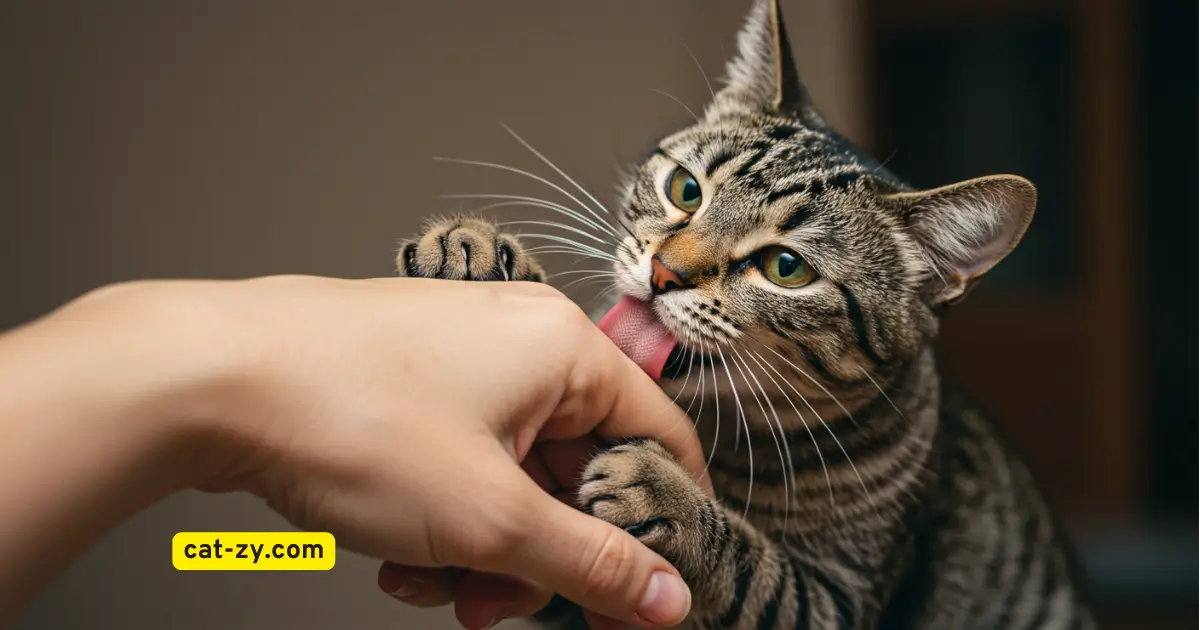Why Is My Cat Twitching in Sleep?
If you’ve noticed your cat twitching in sleep, you’re not alone. Many pet owners wonder why their cats twitch during sleep. These movements usually occur during deep sleep phases when cats dream. While some twitching is normal, understanding the signs helps ensure your pet’s well-being.
This article explores whether these twitches are typical behaviors or potential health clues. We’ll cover what to watch for, when to stay calm, and when to contact a vet. Your cat’s sleep patterns can reveal a lot—let’s uncover the science behind those mysterious movements.
Table of Contents
Understanding Cat Sleep Patterns
Cats sleep in cycles, similar to humans, but with their own twist. They switch between quiet sleep and REM sleep. This is when most cat twitching happens. In REM, their brain is active, showing they’re dreaming.
Adult cats sleep a lot, 12–16 hours a day. REM sleep is a small part of this, but it’s when they twitch the most. Their legs might paddle or their whiskers flick, showing they’re dreaming.
Watch how your cat acts while sleeping. If they twitch gently, breathe softly, and purr, it’s likely okay. But if they twitch violently or a lot, it might mean something’s wrong. Knowing about their sleep helps you tell normal from not-so-normal.
Common Behaviors and Myths About Feline Sleep
Ever wondered why cats twitch in their sleep? You’re not alone. Many myths surround this behavior. Let’s clear up the most common misconceptions to understand your pet’s sleep better.
Debunking Misconceptions
Some think cats twitching in sleep means they’re sick. But, these movements often reflect their waking life. Cats might kick their paws or twitch their whiskers while dreaming of chasing prey. This is a natural part of their REM sleep.
Another myth says twitching means pain. But studies show it’s usually harmless. Knowing the truth helps avoid unnecessary worry.
Observational Tips for Nighttime Behavior
Watch your cat’s sleep without disturbing them. Notice if twitching is with unusual sounds or stiffness. A calm, relaxed posture during sleep, even with twitches, is normal.
Keep a notebook to track how often and how long they twitch. If twitches increase with lethargy during the day, see a vet. Most twitches are just your cat’s brain at work.
Cat Twitching in Sleep: Causes and Concerns
Understanding why cat twitching in sleep occurs is key. It involves knowing both natural and external factors. Some movements are normal, but others might need attention.
Physiological Reasons Behind Twitching
Cats go through rapid eye movement (REM) sleep, a dream phase. Twitching legs or whiskers often show they’re chasing in dreams. These twitches are part of healthy brain activity and usually don’t worry you. But, if shaking goes on too long, it might mean there’s a problem.
Environmental Triggers You Should Notice
Noises, temperature changes, or new smells can wake your cat up. A cold draft or a new pet might stress them out. Watch if twitching happens with changes in their surroundings.
When to Seek Professional Advice
If twitching is with stiffness, loss of appetite, or odd breathing, see a vet. Sudden more twitching or symptoms like seizures need quick vet visits. Regular vet checks keep your cat’s health top-notch.
Health Issues and Potential Spasms in Cats
Some cat twitching in sleep is normal and part of their sleep cycle. But, certain health issues can cause cat spasms that need attention. Neurological disorders like epilepsy can lead to sudden, intense muscle contractions.
These episodes might include stiff limbs, vocalizations, or loss of consciousness. If your cat has repeated cat spasms and acts strangely, see a vet right away.
Metabolic problems, like low blood sugar or imbalances, can also cause abnormal movements. Kidney or liver disease might affect toxin removal, impacting nerves and muscles. Environmental toxins or pesticides could also be a factor.
Watch for signs like vomiting, lethargy, or changes in appetite along with twitching. In rare cases, seizures from head injuries or infections might look like sleep-related cat spasms.
Distinguishing between normal twitches and health-related spasms is key. Keep track of when and how often the movements happen. Note if they only occur during deep sleep or if they happen when awake. Sudden, uncontrolled shaking that’s not related to sleep needs vet attention right away.
Regular vet visits can help find and treat problems early. Don’t try to diagnose yourself—vets use tests like blood work, imaging, or EEGs to find the cause. Early treatment can make a big difference for muscle control issues. Always put your cat’s health first by addressing any persistent or severe symptoms quickly.
Behavioral Insights and What It Means for Your Pet
Your “cat twitching in sleep” can also be a reflection of their waking life experiences. By watching cat sleep behavior, you can understand their feelings and health. Twitching legs or flicking tails in deep sleep are normal. But sudden changes might mean they need something.
Interpreting Feline Body Language
Small changes in posture or muscle twitches can tell a lot. A calm cat might stretch or kick gently, showing they’re dreaming well. But stiff muscles or too much jerking could mean they’re uncomfortable. Look at how often these happen and with other signs like purring or restlessness.
Recognizing Signs of Stress or Discomfort
While feline sleep patterns differ, long twitching with wide eyes or hard breathing might show anxiety. Things like loud noises or new smells can upset them. If your cat wakes up after intense twitching, check their environment for stress causes.
Preventative Care and When to Consult a Vet
Keeping your cat healthy begins with regular vet visits and watching their sleep. Notice how often they twitch and if it’s with restlessness or loud meows. Preventative care means keeping their space calm and free from stress.
Make sure your cat has a cozy, quiet spot to sleep. Regular routines like feeding and playtime help lower stress. If twitching is often or happens when they’re awake, it might mean something’s wrong.
Look out for signs like not wanting to eat, limping, or hard breathing. These are reasons to see a vet right away.
If twitching happens with weight loss, seizures, or changes in litter box use, get vet help. Even small signs like drooling or stiffness need a vet check. Regular vet visits can catch problems early.
Keep a sleep journal to track your cat’s patterns. If twitching goes up after meds change or new pets arrive, tell your vet. Taking care of your cat’s health means being ready to act when needed.
Conclusion
Understanding your “cat twitching in sleep” behaviors is important to ensure their health. It helps you know what’s normal and when to seek help. Most twitching during sleep is natural, part of their deep REM cycles or mimicking prey-chasing dreams.
However, knowing the difference between typical movements and potential health issues is key. If twitching happens alongside unusual vocalizations, loss of appetite, or unsteady movement, consult a veterinarian promptly.
Regularly observing your cat’s rest patterns builds awareness of their well-being. Small changes in sleep habits or physical reactions could signal underlying concerns. Prioritize veterinary care if you notice persistent oddities.
By staying informed, you ensure your pet receives timely care. This supports their health and comfort long-term.
FAQ
Why does my cat twitching in sleep?
Cat twitching in sleep is completely normal for cats. It’s typically linked to their sleep cycles, especially during REM sleep. During this phase, where cats dream, twitching is a natural part of the process.
What are common reasons for cat twitching while sleeping?
Cat twitching in sleep is usually due to normal sleep processes, especially during REM sleep. Cats may twitch, kick, or make sounds while they dream, which is a regular occurrence during this phase.
Are there signs that make cat twitching in sleep a concern?
Yes, cat twitching in sleep is usually normal, but if it lasts longer than usual, shows signs of distress, or is accompanied by other unusual symptoms, it could be a cause for concern. For instance, if your cat experiences seizures, lethargy, or changes in appetite alongside the twitching, these could signal an underlying health issue. It’s best to consult a vet if these symptoms persist.
Can environmental factors trigger cat twitching when sleeping?
Absolutely. Loud noises, new pets, or routine changes can cause twitching. Knowing these factors helps understand your cat better.
What can I do to ensure my cat sleeps well and feels safe?
Make sure your cat has a quiet, comfy spot. Keep it safe from disturbances. A routine helps your cat feel secure while sleeping.
How can I tell if my cat is having spasms instead of normal twitching?
Spasms are intense and affect more muscles. Look for stiffening, shaking lasting more than a few seconds, or pain signs. If so, get vet advice, as it might be a health problem.
Should I be worried if my cat twitches regularly in her sleep?
Regular twitching is usually normal. But, watch for other symptoms and keep the environment comforting. This helps spot any potential issues.
What types of health issues can lead to twitching or spasms in cats?
Twitching or spasms can be due to many health issues. These include neurological disorders or metabolic diseases. Conditions like epilepsy or inflammation can cause spasms. Always be observant and consult a vet if you notice anything odd.








